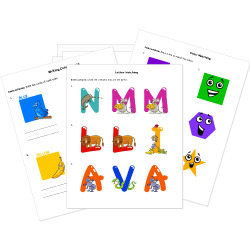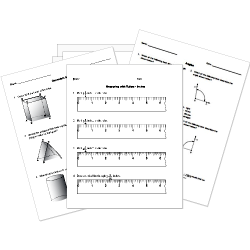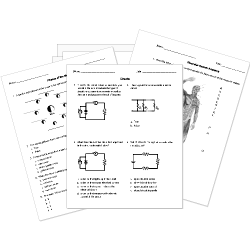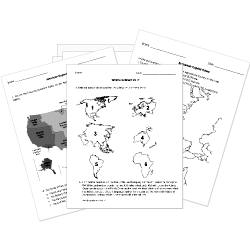Velocity
Velocity
This lesson aligns with Next Generation Science Standards (NGSS) PS2.A
Introduction
Velocity is the directional speed of an object to describe its motion. Both speed and velocity are quite similar to each other as they tell us how fast or slow an object is moving. For instance, two objects are moving in the same direction on the same track. It is easy to identify which one is moving faster. However, it is quite difficult to determine the fastest object if both are traveling in opposite directions. To ease such kind of difficulties for the observers, the concept of velocity is helpful. When the speed of the object is measured in a specific direction, it is known as velocity. In this article, we will learn about velocity, units of velocity, and the difference between speed and velocity.
Velocity
Velocity refers to the rate of change of the position of the object corresponding to the frame of reference and time. Velocity is a measure of how much time an object takes to reach its final destination in a specific direction. Velocity is a vector quantity, meaning that it requires both magnitude and direction for its complete definition.
For instance, you hear a windstorm is traveling at a speed of 20 km/h. Whether you would try to save yourself or not depends on the direction of the windstorm. The velocity of the storm will give its direction, e.g. it tells that the storm is moving at 20 km/h to the west.

Like speed, velocity may also change over time. Changes in velocity can occur in different ways, it may occur due to either change in speed, changes in direction, or both.
Units of Velocity The S.I. unit of velocity is m/s or ms-1. At the same time, velocity can be expressed in other units such as miles per hour, kilometers per hour, and kilometers per second.
Initial and Final Velocity
Initial Velocity
The velocity at time interval t =0 is known as initial velocity. In other words, it is the velocity of the object when its motion just started. It is represented by using the symbol u or vi. The unit of initial velocity is the same as the velocity e.g. m/s. The initial velocity can be determined by using the following formula:
Vi=Vf-at
Where,
Vi is the initial velocity (m/s).
Vf is the final velocity (m/s).
a is the acceleration (ms2).
t is the time (s).
Final Velocity
The directional speed attained by the object when it reaches its maximum acceleration is known as final velocity. When initial velocity, acceleration, and time are given, then by using the following formula, the final velocity of an object can be calculated;
Vf=Vi+at
Types of Velocity
Constant Velocity
The constant velocity is attained by an object when it has a constant speed in a constant direction. The constant direction restricts the motion of an object in a straight or linear path. Thus, the constant velocity can be defined as the object moving in a straight line at a constant speed.
For instance, a car moving at 25 km/h in a circular path has a constant speed, but it does not have constant velocity because its direction continuously changes following the circular path.
Average Velocity
Average velocity refers to the ratio of change in displacement to the time intervals in which the displacement occurs. It can be positive or negative depending upon the sign of displacement. The average velocity of a body is always less than or equal to its average speed. it can be represented as;
Vav=∆x∆t
Instantaneous Velocity
The velocity of an object at a particular instant of time is known as instantaneous velocity.
Difference between Speed and Velocity
- Speed is the quantitative measurement of how quickly something is moving, while velocity measures the speed of an object in a specific direction.
- Speed is a scalar quantity, whereas velocity is a vector quantity.
- Speed is the rate of change in distance.
- Velocity refers to the rate of change of displacement.
- Speed can never be negative, whereas the velocity of a moving object can be zero.
Summary
- Velocity is the rate of change of position corresponding to the frame of reference and time.
- It is a vector quantity that has magnitude as well as the direction of the moving object.
- The velocity at any instant of time is termed instantaneous velocity.
- The average velocity is the total displacement divided by the total time.
Related Worksheets:













